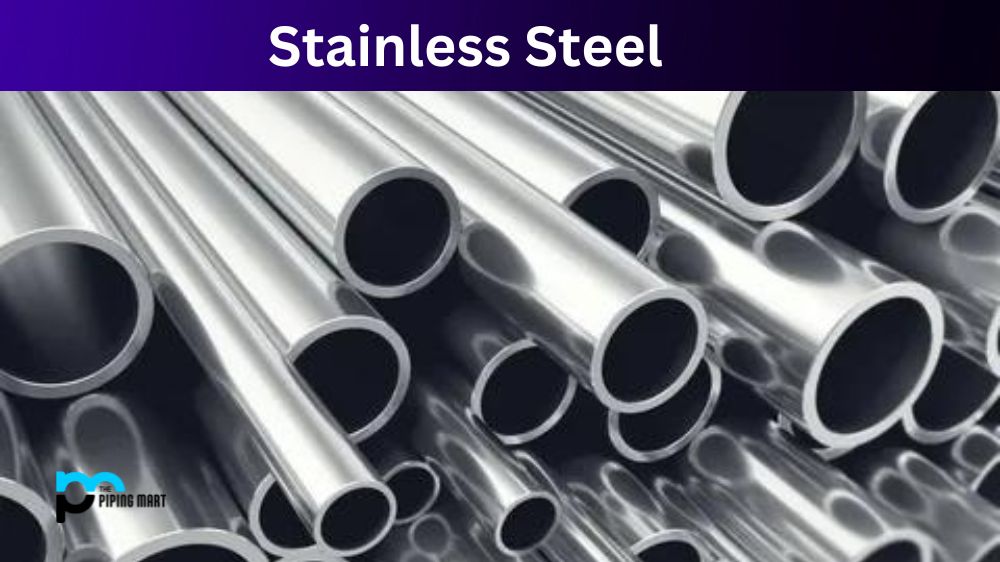Stainless steel is a material that has become integral to our daily lives. From cooking utensils to surgical instruments, we use stainless steel in many applications because of its durability, resistance to corrosion, and strength. When selecting stainless steel for any application, it is important to understand the quality standards that define the different grades of stainless steel. In this blog post, we will explore the various quality standards for stainless steel and provide a comprehensive guide.
A Complete Guide of Stainless Steel Quality Standards
Quality Standards for Stainless Steel:
Stainless steel quality standards are defined by various organizations, such as the American Society of Testing and Materials (ASTM), the International Organization for Standardization (ISO), and the European Union (EU). These organizations define the quality standards for various grades of stainless steel based on their chemical composition, mechanical properties, and physical properties. ASTM grades are widely used in the USA, while ISO grades are used globally.
Grades of Stainless Steel:
There are over 100 grades of stainless steel defined by ASTM, but the most commonly used grades are 304, 316, and 430. These grades are selected based on their specific properties and applications. Grade 304 stainless steel is commonly used in food processing equipment and kitchen appliances because of its resistance to corrosion and durability. Grade 316 stainless steel is commonly used in marine applications, chemical processing, and medical equipment because of its high resistance to corrosion and strength. Grade 430 stainless steel is commonly used in automotive trim and architectural applications because of its aesthetic appeal.
Factors Affecting Stainless Steel Quality Standards:
The quality standards for stainless steel are affected by various factors, such as the manufacturing process, quality control measures, and application-specific requirements. The manufacturing process, including the choice of raw materials, melting method, and rolling process, can affect the chemical composition of stainless steel. Quality control measures such as testing, inspection, and certification ensure that only the best stainless steel products reach the market. Finally, application-specific requirements such as strength, corrosion resistance, and aesthetics influence the choice of stainless steel grade for a particular application.
Testing and Certification of Stainless Steel:
Testing and certification are important factors in ensuring the quality and performance of stainless steel products. Independent testing agencies test stainless steel products to meet the defined quality standards. Some standard tests include mechanical tests such as tensile strength, hardness, and elongation and chemical tests such as composition and corrosion resistance. Organizations such as NSF International and Underwriters Laboratories have certified stainless steel products.
Selecting the Right Stainless Steel Grade:
Selecting the right grade of stainless steel for a particular application is critical. Choosing the wrong grade can result in premature failure of the product or the application failing to meet the desired performance requirements. When selecting the grade, it is important to consider the specific application requirements such as strength, corrosion resistance, and aesthetics. Consulting with a stainless steel supplier or a metallurgist can help make the right choice.
Conclusion:
In conclusion, various organizations such as ASTM, ISO, and EU define stainless steel quality standards and are influenced by factors such as the manufacturing process, quality control measures, and application-specific requirements. There are over 100 grades of stainless steel defined by ASTM, but the most commonly used grades are 304, 316, and 430. Testing and certification are important factors in ensuring the quality and performance of stainless steel products. Finally, selecting the right grade of stainless steel for a particular application is critical, and consulting with a stainless steel supplier or a metallurgist can help make the right choice. We hope this guide has given you a comprehensive understanding of stainless steel quality standards.

Abhishek is a seasoned blogger and industry expert, sharing his insights and knowledge on various topics. With his research, Abhishek offers valuable insights and tips for professionals and enthusiasts. Follow him for expert advice on the latest trends and developments in the metal industry.




